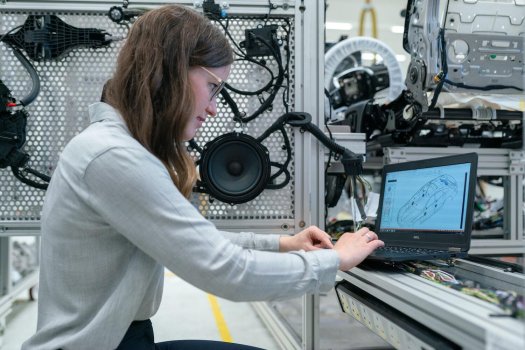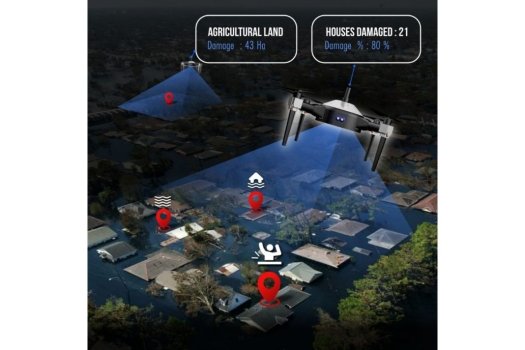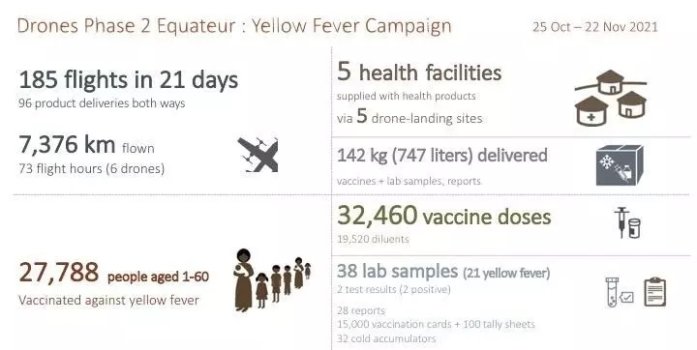HOW WILL AI SHAPE THE FUTURE OF VOIP
- Technology Solutions
- 0 Replies
When AI technology becomes an active player, the efficiency and potential of VoIP industries are going to soar high
Artificial intelligence (AI) which was once part of science fiction has become part of our day-to-day life. It has become a buzzword in this technology-driven world and its impact is expected to grow in the coming years. It is bringing a revolution across the different industries including voice over internet protocol (VoIP).
VoIP telecommunication with its multifaceted features is already changing the communication setup of various industries. Many multinational companies and other businesses are already benefiting from virtual phone number systems and VoIP. But when AI technology becomes an active player, the efficiency and potential of these industries are going to soar high. With time, AI technology is going to become crucial in business operations with its cost saving-potential, detects incorrect network configuration, and many more.
So, let us see how AI is going to transform and shape the future of VoIP and how they are going to be an indispensable part of all business operations.
Interactive Voice Response (IVR) systems
Interactive Voice Responses (IVR) are very popular in call centers and many other industries. They are designed to automatically respond to the caller and to promote solid customer support. They greet customers and clear their queries.
Continue reading: https://www.analyticsinsight.net/how-will-ai-shape-the-future-of-voip/
Artificial intelligence (AI) which was once part of science fiction has become part of our day-to-day life. It has become a buzzword in this technology-driven world and its impact is expected to grow in the coming years. It is bringing a revolution across the different industries including voice over internet protocol (VoIP).
VoIP telecommunication with its multifaceted features is already changing the communication setup of various industries. Many multinational companies and other businesses are already benefiting from virtual phone number systems and VoIP. But when AI technology becomes an active player, the efficiency and potential of these industries are going to soar high. With time, AI technology is going to become crucial in business operations with its cost saving-potential, detects incorrect network configuration, and many more.
So, let us see how AI is going to transform and shape the future of VoIP and how they are going to be an indispensable part of all business operations.
Interactive Voice Response (IVR) systems
Interactive Voice Responses (IVR) are very popular in call centers and many other industries. They are designed to automatically respond to the caller and to promote solid customer support. They greet customers and clear their queries.
Continue reading: https://www.analyticsinsight.net/how-will-ai-shape-the-future-of-voip/


























